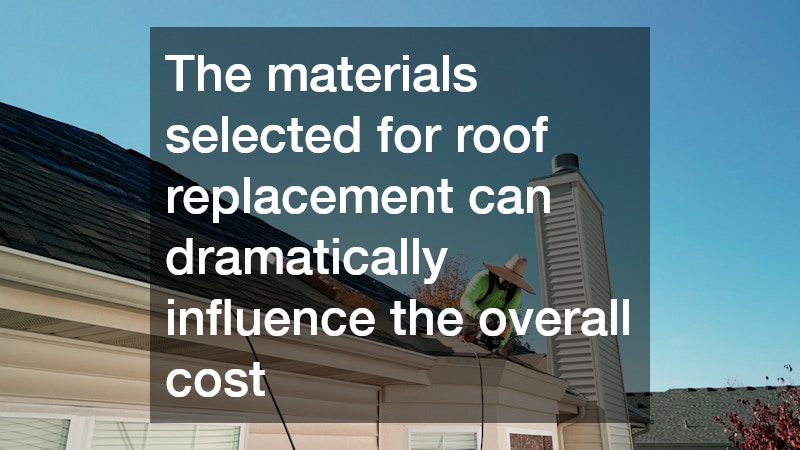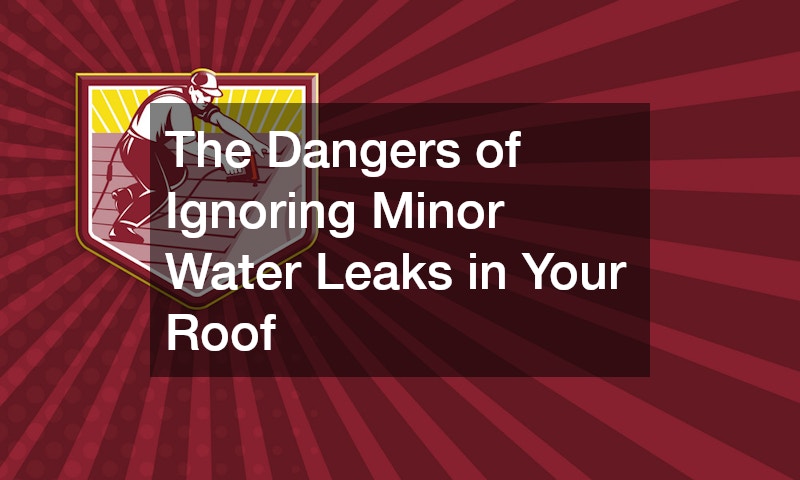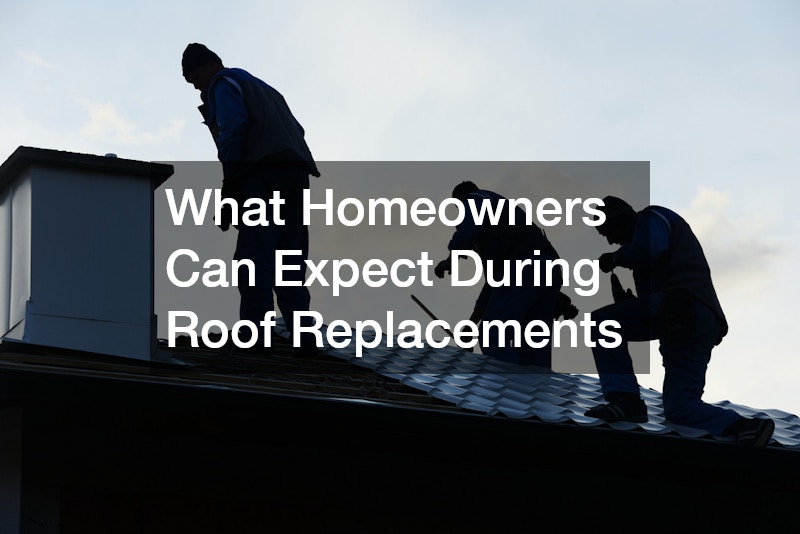Roof replacement is a significant undertaking that requires careful consideration of various factors influencing the final cost. Many homeowners often find themselves puzzled by the diversity of quotes and the complexity of factors involved in determining the exact expenditure for replacing their roof. From labor costs to material choices, each aspect holds sway over the financial implications.
The average cost of a roof replacement can vary significantly depending on the geographical location, the size and pitch of the roof, and the type of materials chosen. For instance, a roof replacement in the Midwest might cost differently compared to one on the West Coast due to regional labor costs and material availability. On average, in the United States, a roof replacement can range from $5,000 to $10,000, but certain scenarios can push the cost even higher.
Notably, the complexity of the roof structure plays a pivotal role in determining cost. A simple, single-story home would typically incur lower costs compared to a house with multiple stories and intricate roof designs. A complex roof might necessitate specialized installation techniques and additional labor, thereby escalating the expense, showcasing the importance of evaluating every aspect before embarking on a roof replacement project.
Material Choices and Their Impact
The materials selected for roof replacement can dramatically influence the overall cost. Asphalt shingles, the most common material used, offer a budget-friendly option ranging between $1 to $4 per square foot, making them an economical choice for many homeowners. However, while cost-effective, asphalt shingles typically have a shorter lifespan compared to other materials.
On the higher end of the spectrum are materials like slate or clay tiles, which can cost significantly more, ranging from $5 to $15 per square foot. While these materials offer enhanced durability and a unique aesthetic appeal, they require more skilled labor and can increase installation time. These factors contribute to their lofty price tag, making them a considerable investment for those prioritizing longevity and curb appeal.
Another innovative yet high-priced option includes metal roofing, gaining popularity due to its durability and energy efficiency. While initially more expensive, ranging from $5 to $12 per square foot, the long-term savings on energy bills and its lifespan can offset initial costs. Homeowners need to weigh these considerations when choosing a material for their roof replacement to ensure they balance cost, appearance, and durability.
Labor and Additional Costs
Labor costs are a critical component of the total roof replacement expenditure. Depending on the region and company, labor can constitute a substantial portion of the budget, often accounting for about 60% of the overall cost. Paying for skilled labor ensures proper installation and can prevent issues, ensuring long-term savings.
Additional costs include the removal and disposal of the old roofing material, which can add to the budget significantly. Older roofs with multiple layers might further inflate these costs as removal becomes more complex. Generally, material tear-off can cost between $1 to $5 per square foot, adding to the homeowner’s financial considerations.
Furthermore, unforeseen issues such as rotten decking or structural repairs can arise during the replacement process, increasing the budget unexpectedly. Conducting a thorough inspection before starting the project can identify potential problems and prevent surprise expenses. Homeowners should always set aside extra funds to accommodate these possible contingencies.
Cost-Efficiency and Long-Term Considerations
When planning a roof replacement, the total cost should be viewed as an investment rather than just an expenditure. Cheaper materials might save money initially, but they could require more frequent repairs or earlier replacement, ultimately costing more in the long run. Homeowners should consider how material choices affect not just the immediate cost but the long-standing value of their home.
Quality materials and craftsmanship can enhance a home’s resale value, making the investment worthwhile. A durable and visually appealing roof can be a major selling point, potentially leading to a higher asking price when the property is put on the market. Buyers often look favorably at homes that signal minimal immediate repairs, making a robust roofing system a valuable asset.
Ultimately, understanding the full scope of costs, including long-term benefits, allows homeowners to make informed decisions. Prioritizing quality and efficiency can lead to better financial outcomes and peace of mind. Conducting thorough research and consulting with professionals can ensure a roof replacement project meets both current needs and future goals.





